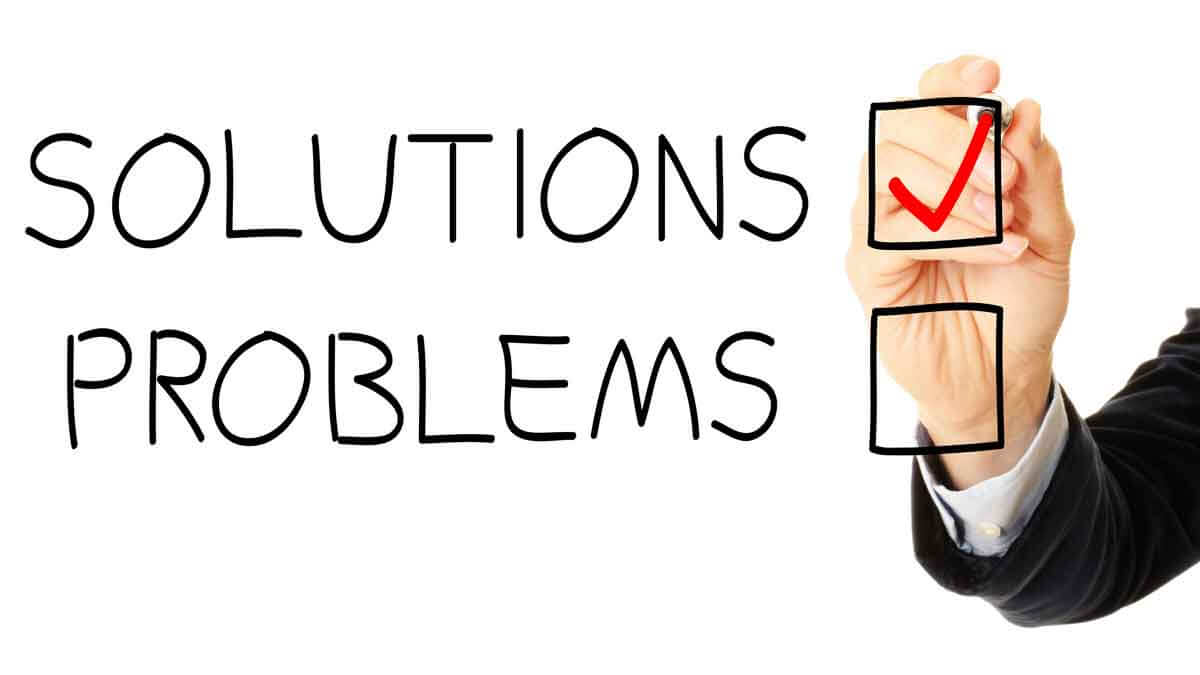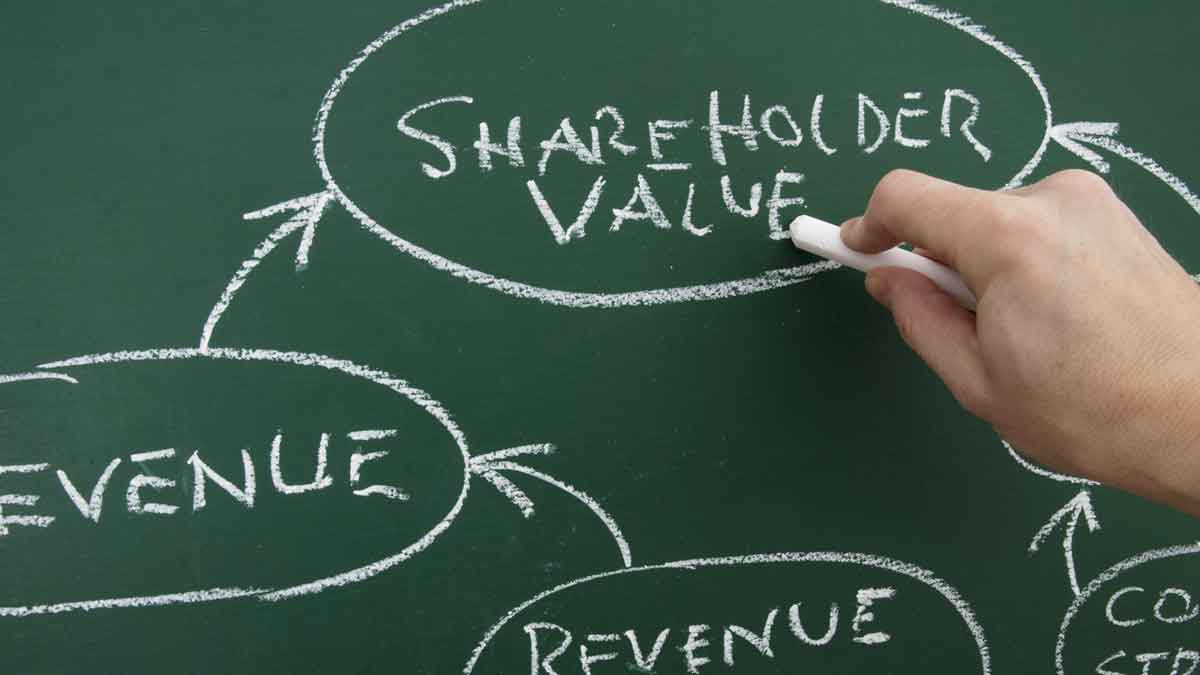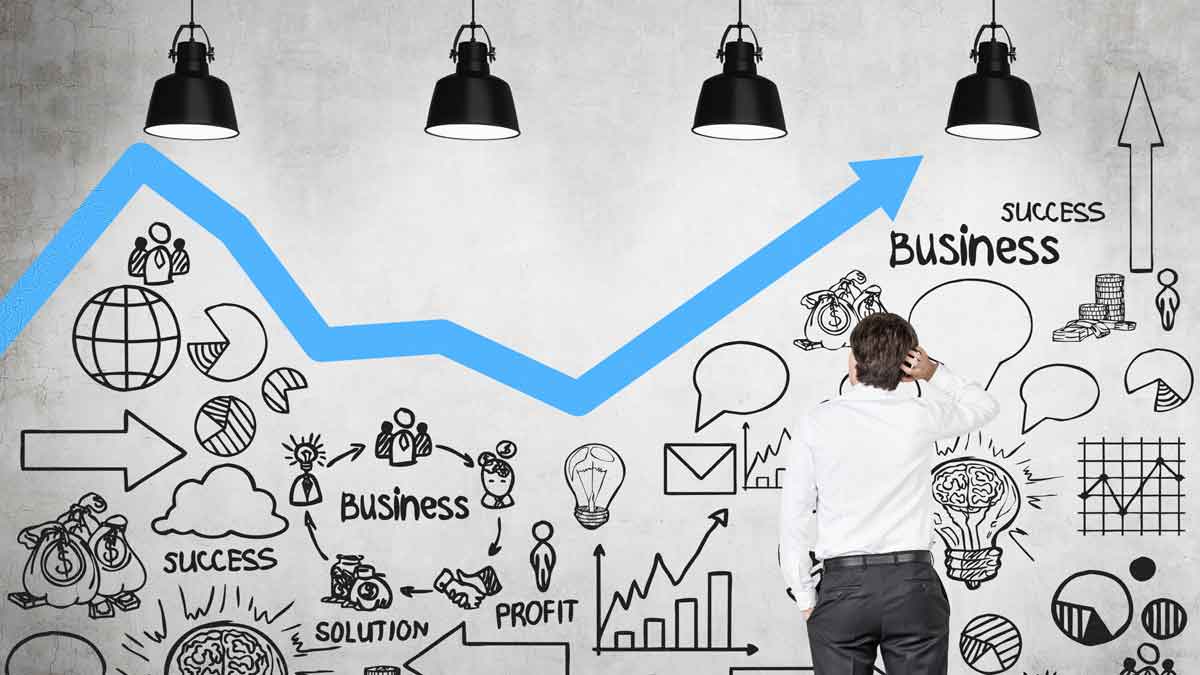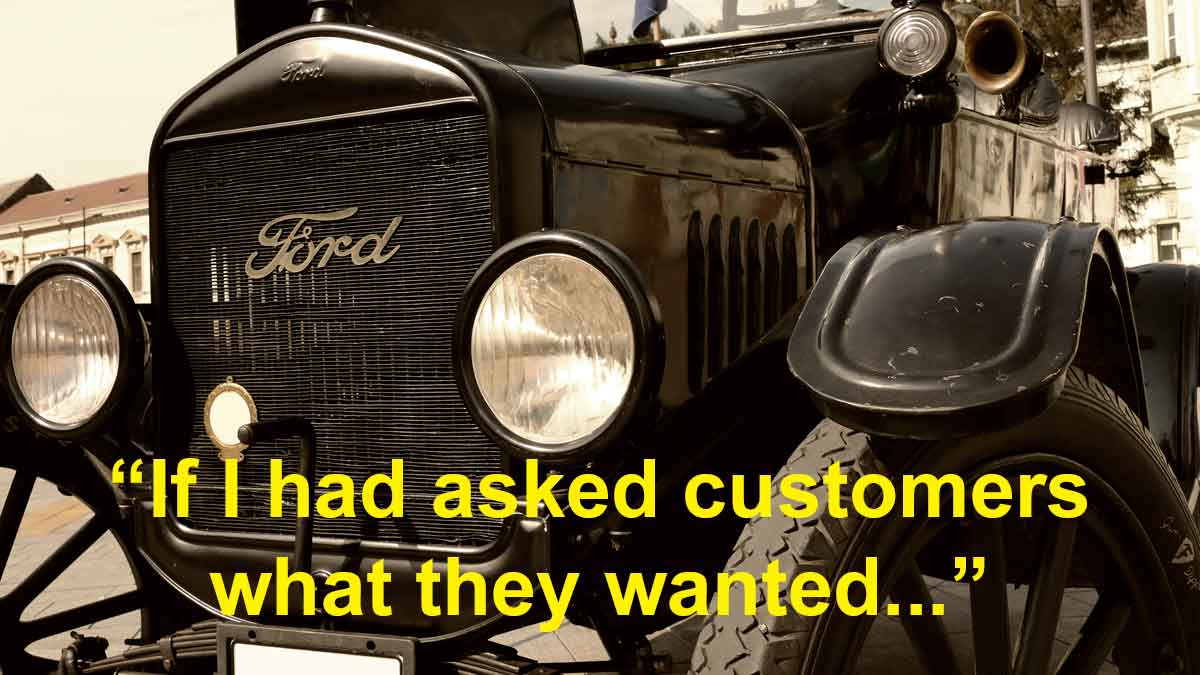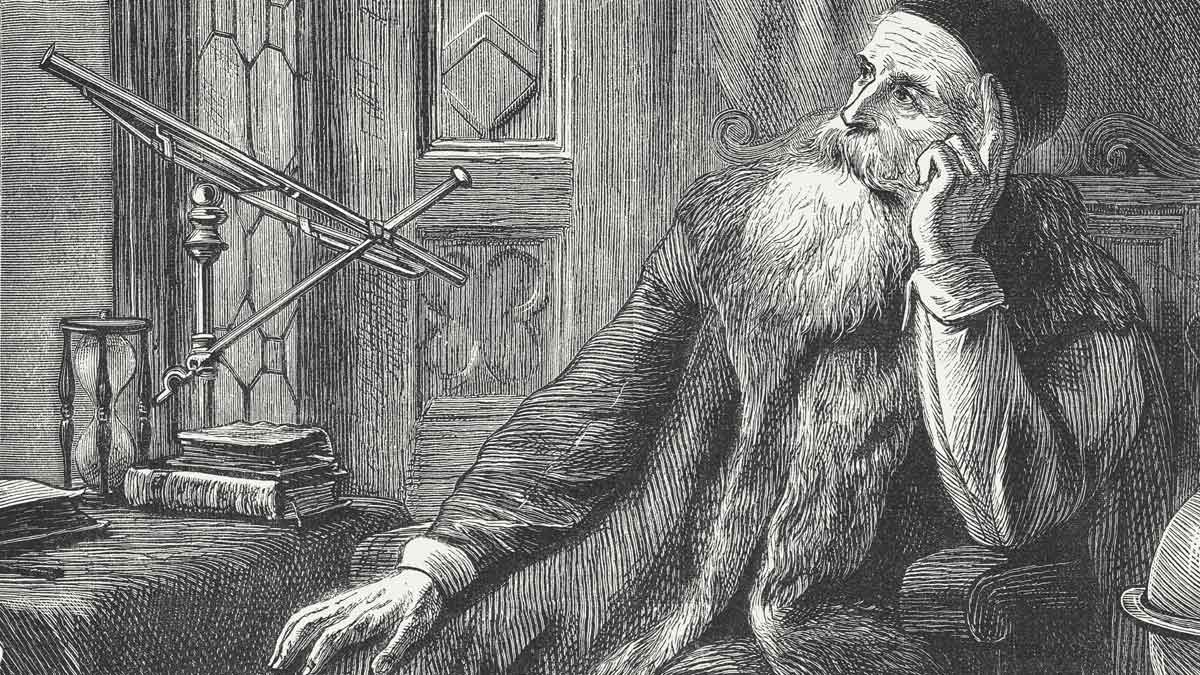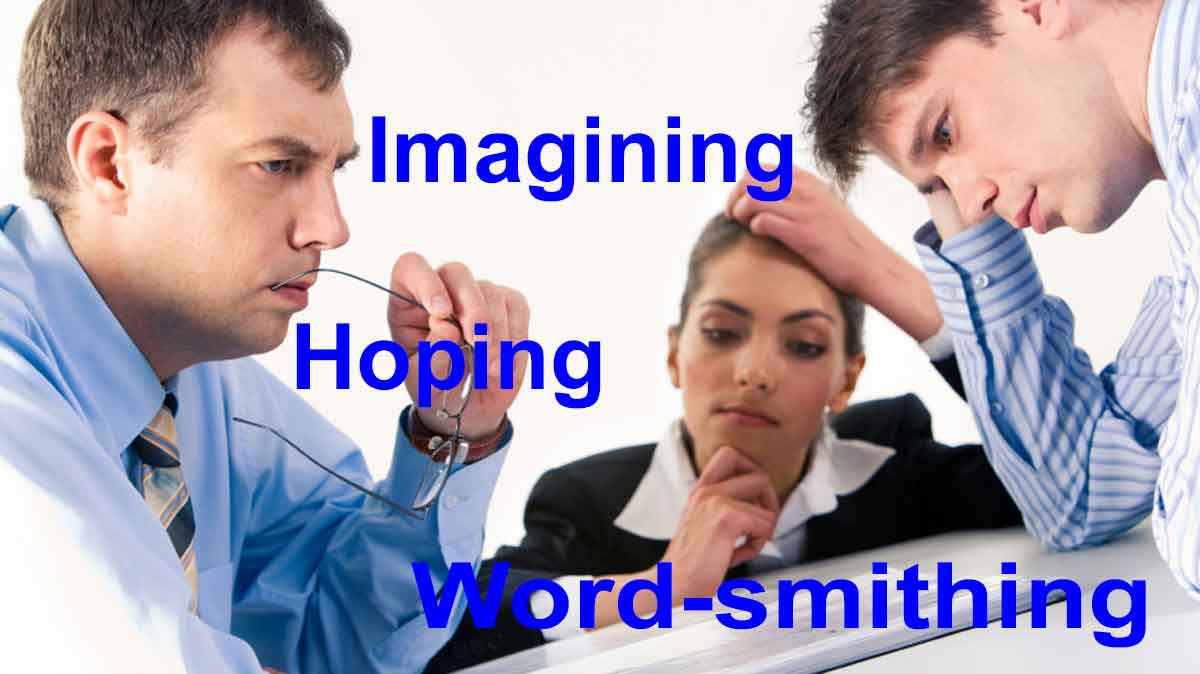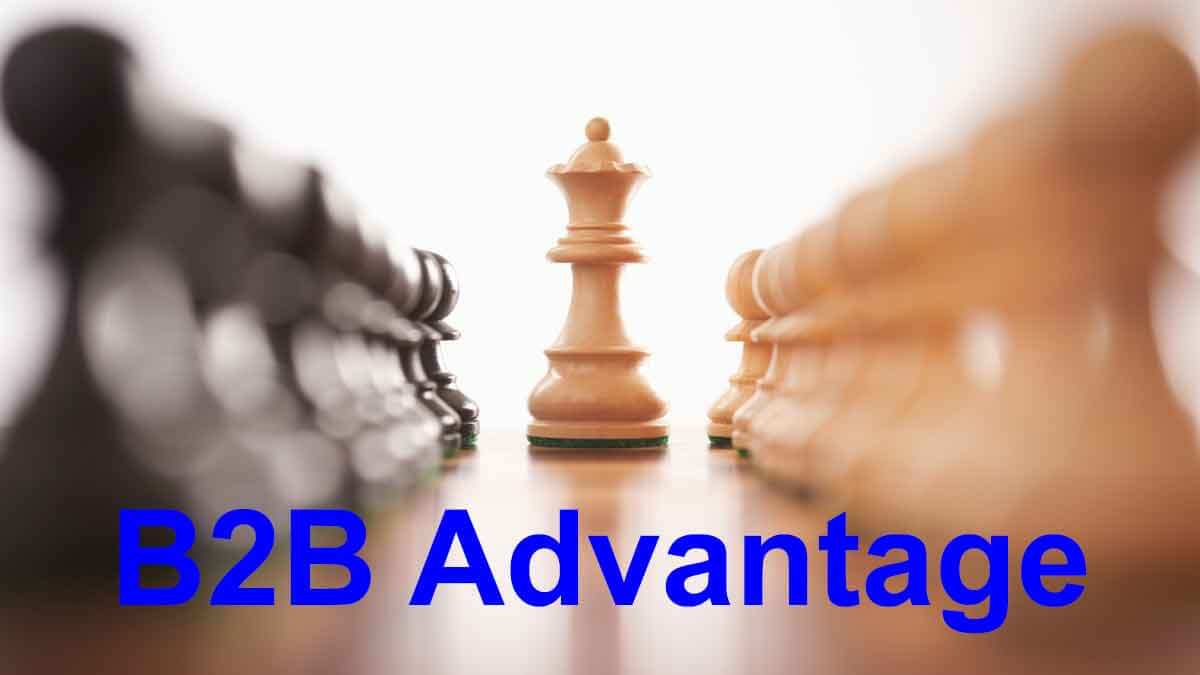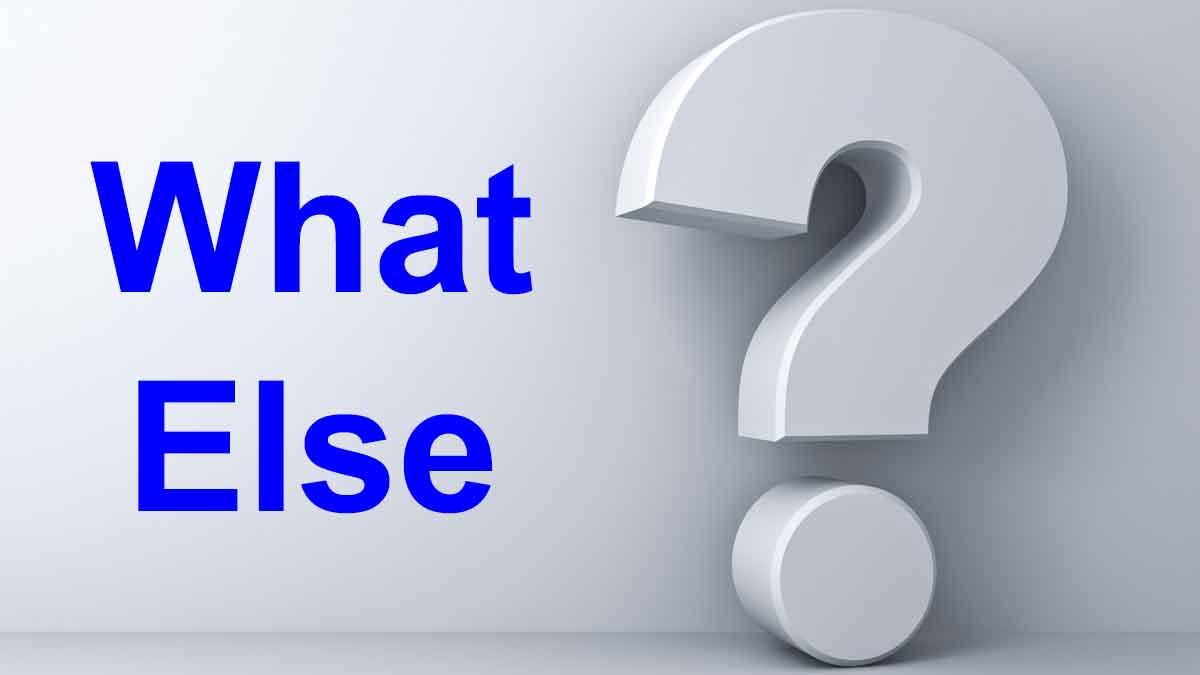Customers own “outcome” space. You own “solution” space. Don’t let them into your space… unless you want to become a contract manufacturer. Instead, enter their space to understand desired outcomes better than competitors. This lets you deliver unique value in your solutions, which is handsomely rewarded though premium pricing.
More in article, Should You Develop New Products like Steve Jobs? (Originally published in B2B Organic Growth newsletter).
Tell me to increase shareholder value and I struggle to identify something I can do as an employee to raise earnings per share. Tell me to understand and increase customer value, and I can think of a dozen things to do, most of them actionable, measurable, and beneficial to our bottom line. Many of these I will find inspiring… as will others.
More in article, Why Maximizing Shareholder Value is a Flawed Goal (Originally published in B2B Organic Growth newsletter).
All growth-oriented innovation starts with customer outcomes. This is what customers want to have happen, with no understanding yet of how it will happen. Nothing a company does can achieve profitable, sustainable growth unless customer value is created… which comes only by improving these outcomes.
More in white paper, Catch the Innovation Wave (page 8).
It’s risky to incrementalize… but “great hope” projects often absorb huge resources and end with a whimper. What’s the answer? Get out more. Spend more time in customers’ worlds to reduce commercial risk. And reduce technical risk through open innovation, tapping into external technologies. You can’t thrive today without external insight. (Hmmm… “exsight”?)
More in article, The Commodity Death Spiral (Originally published in B2B Organic Growth newsletter).
Your company’s only path to profitable, sustainable, organic growth is understanding and improving customers’ important, unmet outcomes. Today this “understanding” is your best competitive advantage, simply because most B2B suppliers have far less customer insight than they could.
More in white paper, Timing is Everything (page 3).
Steve Jobs quoted Henry Ford, who said, “If I had asked people what they wanted, they would have said faster horses.’” But these men were end-consumers themselves, so they understood their markets. Most B2B suppliers, typically have much to learn about customer desired outcomes… and B2B customers are willing and able to tell them.
More in article, Should You Develop New Products like Steve Jobs? (Originally published in B2B Organic Growth Newsletter).
That’s too bad, because customer insight—the first critical step to B2B innovation—can be learned like any other science. You examine customer outcomes (desired end-results) at nine levels. Just as a microscope’s magnification is increased, so each level reveals something new about each outcome. You should try it. Before your competitors.
More in white paper, Catch the Innovation Wave (page 8).
It’s common to invest about half of a company’s resources on unsuccessful new products. It’s not that their people can’t find the right answers. They’re just being asked the wrong questions. Questions that are unimaginative, and—if solved—create too little value. Questions that are too obvious. Proper B2B interviews produce much better questions.
More in article, Are You Squandering R&D Resources?
B2C companies seek to understand customer needs. B2B companies should do this and engage customers, priming them to buy later. If you interview ten customers that represent 20% or 50% of the market segment’s buying power, wouldn’t it be an incredible waste if you failed to engage these companies… so they wanted to work with you?
More in article, The Missing Objective in B2B VOC (Originally published in B2B Organic Growth Newsletter).
I am sometimes asked to do a workshop on developing value propositions. I say, “Not unless you invite your customers to it.” Seriously, suppliers already spend far too much time guessing what customers want. Why try to legitimize this innovation malpractice by creating and word-smithing value proposition statements internally?
More in article, The Science behind Great Value Propositions (Originally published in B2B Organic Growth Newsletter).
Here’s the “B2B Advantage”: Your customers can offer more insight than end-consumers due to their knowledge, interest, objectivity and foresight. But if your company uses hand-me-down consumer goods voice-of-customer methods, you’ve ignored your own advantage. Your competitors may not.
More in white paper, Catch the Innovation Wave (page 7).
Lean Startup is a powerful approach for quickly testing assumptions and minimum viable products. But B2B customers can articulate their needs in amazing detail—if you know how to ask. If you start with your ideas, instead of diverging to all customer outcomes, you may be converging prematurely and limiting your possibilities.
More in white paper, Lean Startup for B2B (page 2).
Most B2B suppliers work too hard during interviews: Would you like this?… How about this?… Would this help? Better to probe a customer problem or desire to full comprehension, and then simply ask “What else?” This allows them to lead you to whatever they think is important. This is a customer-led interview. You should try it.
More in e-book, Reinventing VOC for B2B (page 11).
Great value propositions begin and end with customer outcomes. It’s like collecting specimens, sliding them under your microscope, and continuing to turn up the magnification. The careful researcher doesn’t have to agonize over the right value proposition. It comes into increasing focus, waving its arms and screaming to be addressed.
More in white paper, Timing is Everything (page 9).
